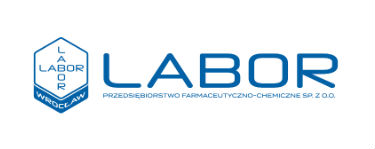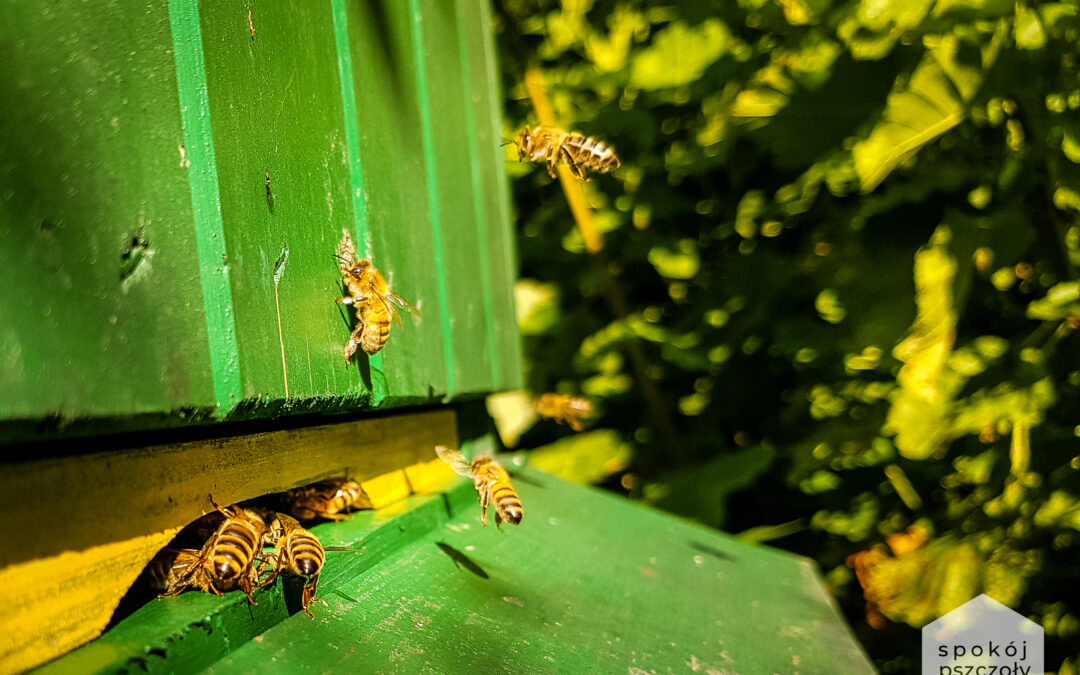We recently wrote about who lives in the hive in the general article about the honey bee (read which we cordially invite you to https://www.labor.com.pl/pl/pszczola-miodna/), but today we will present what products we can use in it to find. From the entry you will learn what wax is, what we can find in bee venom and how much of it will end up in our bloodstream during a sting.
We divide bee products into two types. The first includes those that are a direct product of the organisms of worker bees and include: bee venom, royal jelly and beeswax. The second one consists of works made of raw materials collected in the environment, such as honey, propolis and pollen. [1]
Bee venom is produced for defense purposes, and its use costs the insect to die. [2,6] It is chemically composed of water, amines, proteins and enzymes. The main component of bee venom is the melittin polypeptide. This compound is made up of twenty-six amphipathic amino acids.
It has a broad antibacterial effect: against both gram positive and gram negative bacteria. This protein is an inhibitor of the tobacco mosaic virus and the herpes virus. Venom is produced by glands on the abdomen of workers and the queen. During a sting, about 12-140 ?g of a substance is released, which causes neurotoxic (affecting the nervous system), hemorrhagic (discharge of blood from mucous membranes, pressure drop) and haemolytic (breakdown of white blood cells) effects. One bee attack is not dangerous as long as you are not allergic to it, however, a swarm sting, allergy or bite in the mouth or eyes area can be very dangerous. Man has found application for bee venom in the form of an ointment additive due to its blood circulation-improving properties – as a means of alleviating rheumatic pains or bruises. It has an anti-inflammatory effect, so it is used in conditions such as sciatica, neuralgia and radiculitis. Bee venom is used in the form of ointments, stings, inhalations or even injections. Increasingly, we also hear that it is used to relieve migraines, bronchial asthma and hypertension. [3,4].
Royal jelly is produced by the bees to feed the young larvae and the queen bee. It is the secretion of nurses, rich in vitamin E, B vitamins, proteins, lipid substances, carbohydrates, organic acids, acetylcholine and minerals. Thanks to its properties, it is widely used in cosmetics, but also has a positive effect on the brain, memory and ability to concentrate. It has a positive effect on blood vessels in atherosclerosis or inflammation of the veins. It is a natural aphrodisiac and prevents male impotence [4,5,6].
Beeswax produced by worker bees in the process of “exuding” the wax plates is used to build the nest and protect the mature honey. From a chemical point of view, wax is a mixture of organic acids (e.g. palmitic acid, cerotinic acid, melissa or myricylic acid) and other hydrocarbon derivatives such as e.g. acetic or valeric acid esters. [6] Most often used in cosmetics. Both in preparations for the body, but also for furniture, leather, ceramics, polishing the body. In the pharmaceutical industry, beeswax is also used as a component of soothing plasters and ointments. Currently, candles are made of wax, which, thanks to the high content of ethereal substances, emit a pleasant honey-wax scent. [1]
The most popular product of bee origin is definitely honey. In terms of chemical composition, it is a concentrated aqueous solution of sugars, mostly simple ones – glucose and fructose. It mainly consists of water (20 g per 100 g) and carbohydrates (79.5 g per 100 g). The remaining 0.5 g in 100 g are minerals – phosphorus, potassium, sodium, magnesium, iron, zinc, copper, iodine and manganese, as well as vitamins – C and group B – and enzymes. Honey has been used in medicine for centuries due to a number of healing properties: it is bactericidal (it defeats staphylococci or streptococci, which helps in healing wounds), strengthens the heart, works great on our immune and digestive systems, nourishes the brain, soothes the nerves, has care properties, lowers blood pressure, and heals diseases of the liver and bile ducts. Certain types of honey have their own ‘specializations’, e.g. Manuka honey has a great effect on stomach ulcers. [1-6]
Propolis is used by bees to plug any holes in the hive that the bees cannot pass through. It is made from tar, resin and balsamic substances obtained from the popular tree buds. It is of great importance in maintaining hygiene in hives due to its bactericidal and fungicidal properties. For a long time, propolis extracts have been used in folk medicine to treat difficult-to-heal wounds, as a disinfectant and as a means of strengthening the body’s immunity. [1.6]
The bees collect pollen to form the so-called pollen deposits on the rear pair of legs equipped with a basket. The pollen is mixed with saliva and is transferred by the insect to the hive where it is deposited in the cells of the comb. The pollen stored in the slice is transformed into a bee. Bread is a pollen of plants placed and compacted in the cells of the comb, subjected to the process of lactic fermentation. This product is the basic source of protein in the diet of bee larvae, therefore it is stored in the places where the bee’s eggs are laid. There are numerous macro- and microelements in the bee as well as B vitamins and fat-soluble vitamins E, D and K. [6] Pollen has antibacterial, regenerating, immunizing and detoxifying properties. It is recommended in the treatment of liver diseases, has anti-anaemic properties, improves the overall condition of the body and strengthens immunity against colds. [5]
The world of people takes a lot from these little insects, so we owe them to care and care. Currently, there is a lot of research on the use of bee products in the fight against diseases, such as HIV.
[1]. http://www.pszczoly.zielonaakcja.pl/platforma-edukacyjna/materialy-merytorczne/item/57-produkty-pszczele-rodzaje-wlasciwosci-i-zastosowanie.html
[2] H. Mruk, ?Pszczoły i ich produkty na usługach zdrowia ludzi?, DOI 10.34616/23.19.116 https://repozytorium.uni.wroc.pl/Content/99740/PDF/02_03_H_Mruk_Pszczoly_i_ich_produkty_na_uslugach_zdrowia_ludzi.pdf
[3] https://pl.wikipedia.org/wiki/Jad_pszczeli
[4] https://wcinaj-miod.pl/jad-pszczeli/
[5] https://pzp.biz.pl/2017/12/17/pozostale-produkty-pszczele/
[6] M. A. Kruszewski; M. Naumowicz, ?Znaczenie pszczoły miodnej (Apis mellifera) i produktów pszczelich w życiu człowieka?, Edukacja biologiczna i środowiskowa, 4/2017 http://ebis.ibe.edu.pl/numery/2017-4/ebis-2017-4-6.pdf
AUTHOR: mgr inż. Renata Kowalczyk




